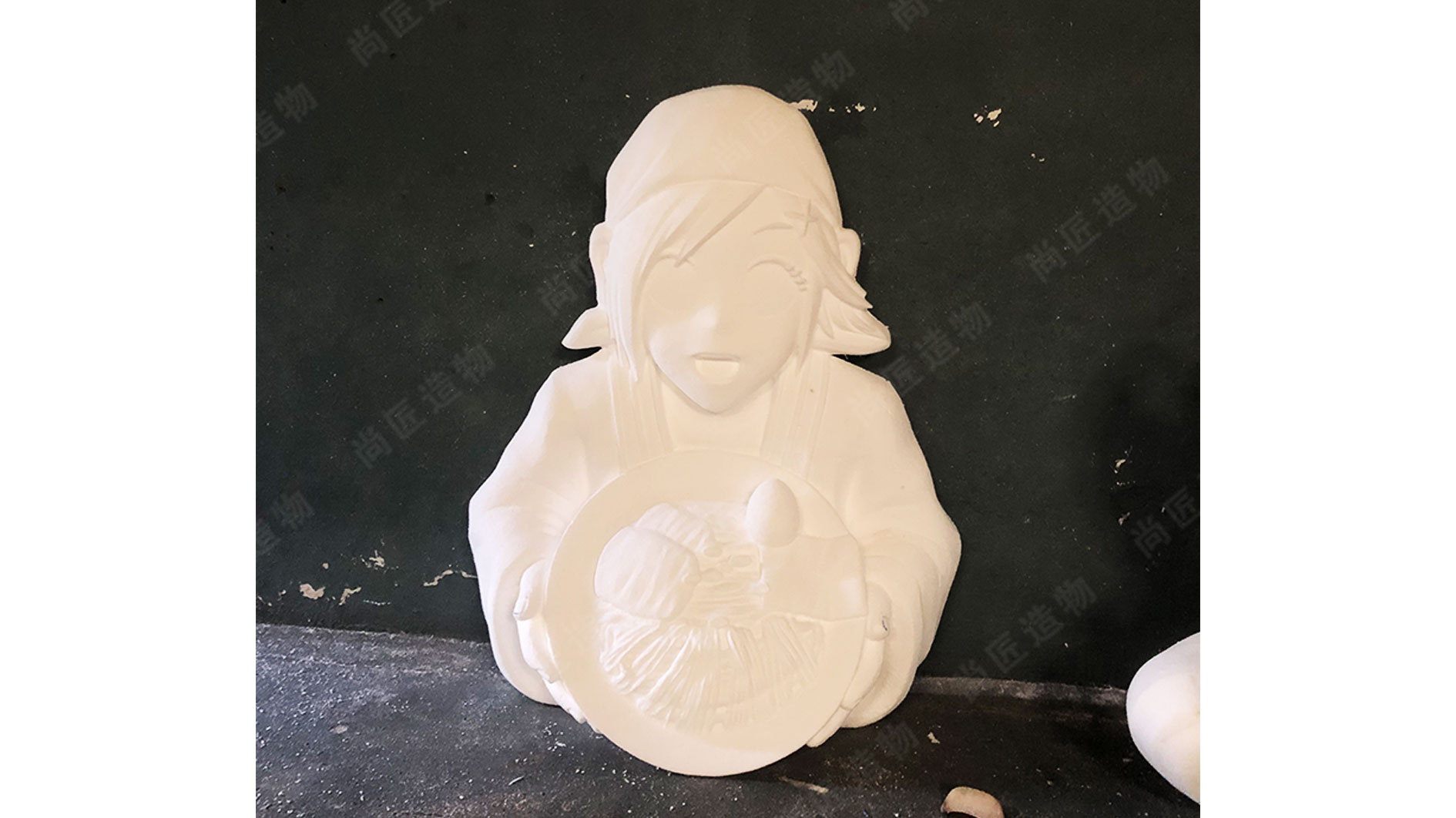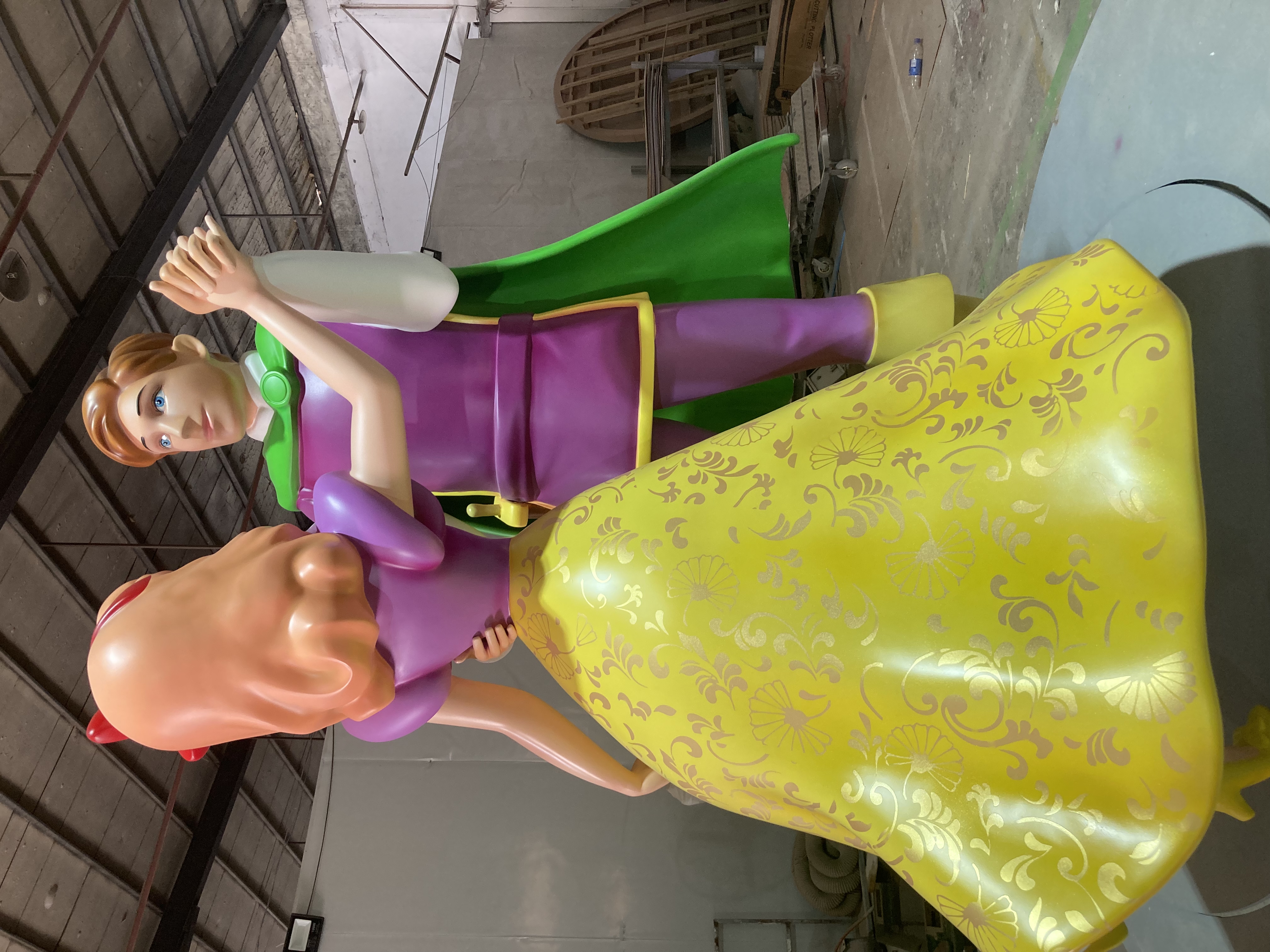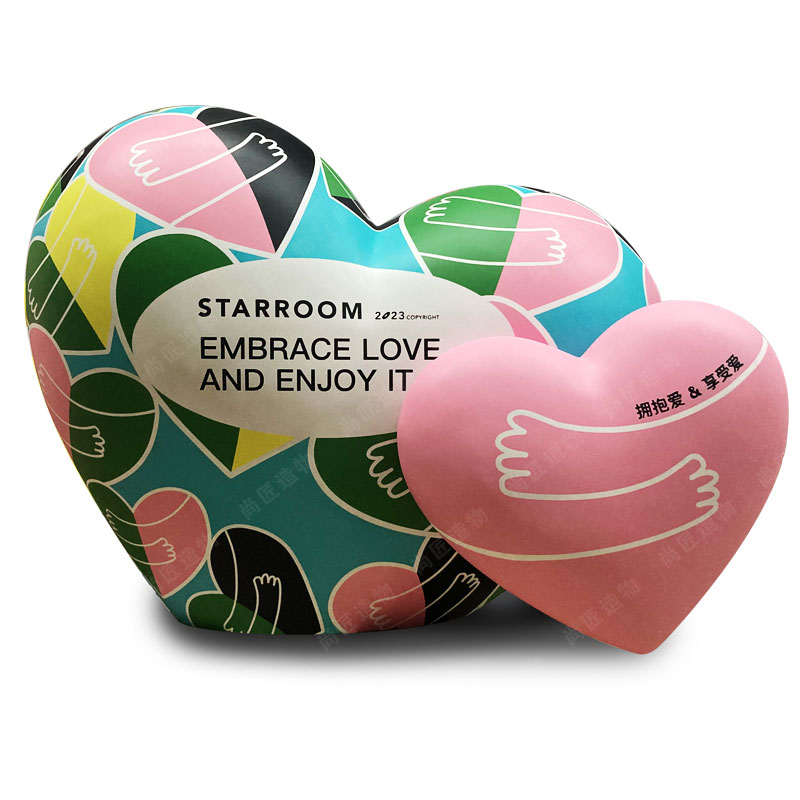Key Takeaways
Fiberglass sculpture combines technical precision with artistic vision, offering artists a medium that balances strength and malleability. Unlike traditional materials like stone or bronze, fiberglass-reinforced polymer (FRP) allows for intricate detailing while remaining remarkably lightweight—a critical advantage for large-scale public installations.
"Fiberglass lets artists defy gravity without sacrificing structural integrity," notes sculptor Elena Vázquez, whose realistic sculpture installations span three continents.
This adaptability supports diverse techniques, from layered resin applications to seamless surface finishes, enabling both abstract forms and hyper-realistic works. Museums and galleries increasingly favor fiberglass for touring exhibitions due to its resistance to temperature shifts and ease of transport. For instance, the Waves of Motion series at the 2023 Venice Biennale showcased fiberglass’s capacity to mimic fluid dynamics in static displays.
Tips for aspiring creators:
Always test resin-to-catalyst ratios in small batches before scaling up—environmental humidity can affect curing times.
As contemporary art evolves, fiberglass continues bridging innovation and practicality, reshaping how audiences interact with three-dimensional storytelling in shared spaces.
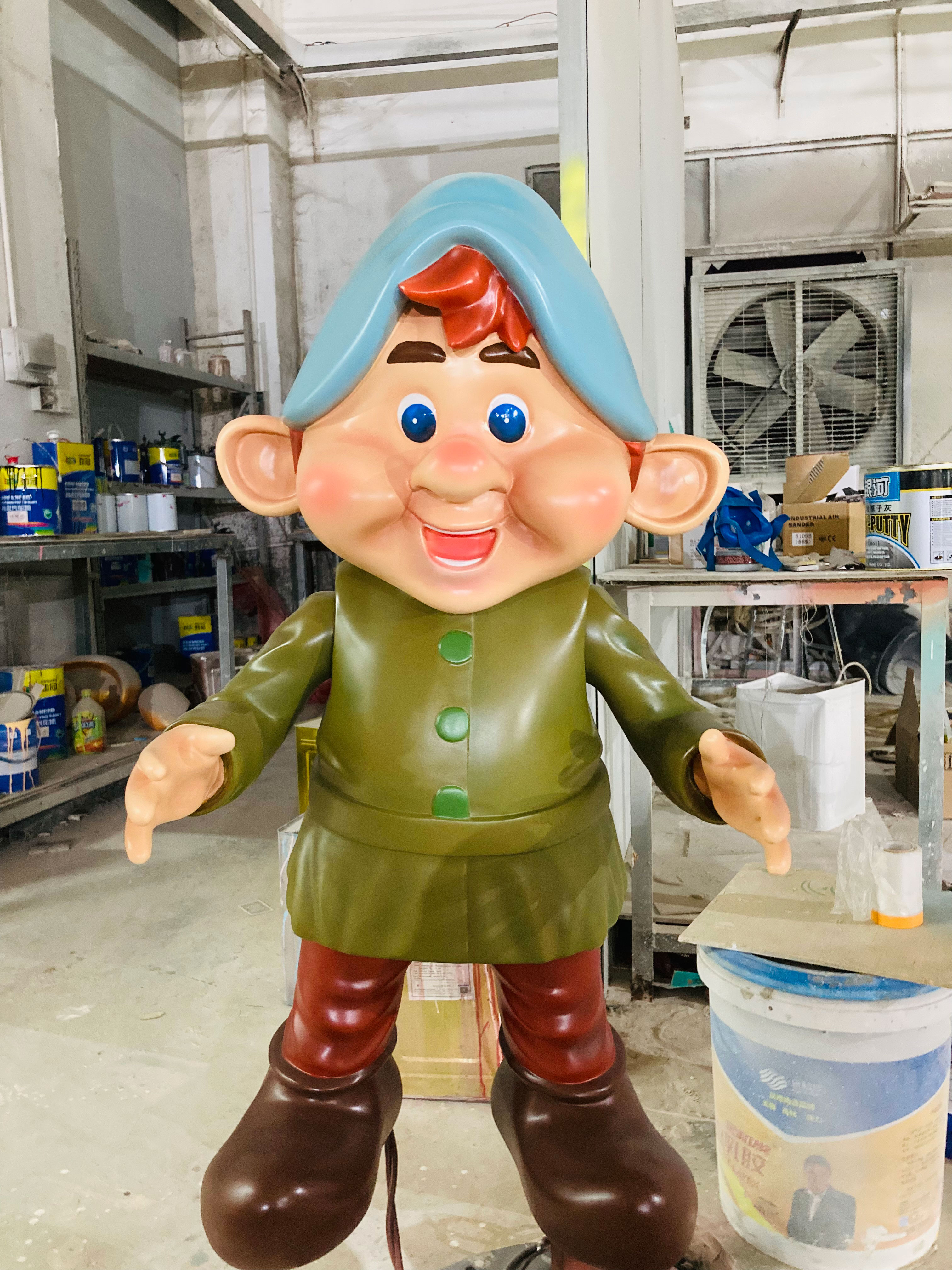
Fiberglass Sculpture Basics Explained
Fiberglass sculpture combines glass fibers with polymer resins to create a versatile medium that balances strength and adaptability. Composed of layered fiberglass mats saturated in resin, the material hardens into lightweight yet durable forms capable of withstanding environmental stressors like UV exposure and temperature fluctuations. This process allows artists to achieve precise details and complex geometries—features challenging to replicate in traditional stone or bronze.
Unlike heavier materials, fiberglass’s reduced weight simplifies transportation and installation, making it ideal for large-scale projects. Its moldable nature supports both realistic and abstract designs, from IP character sculptures in theme parks to experimental installations in urban spaces. The material’s smooth surface also provides an optimal base for paints and finishes, enabling vibrant, long-lasting coloration.
These qualities make fiberglass a practical choice for artists prioritizing structural integrity without sacrificing creative freedom. As a result, it has become foundational in modern sculptural practices, bridging technical innovation with artistic vision.
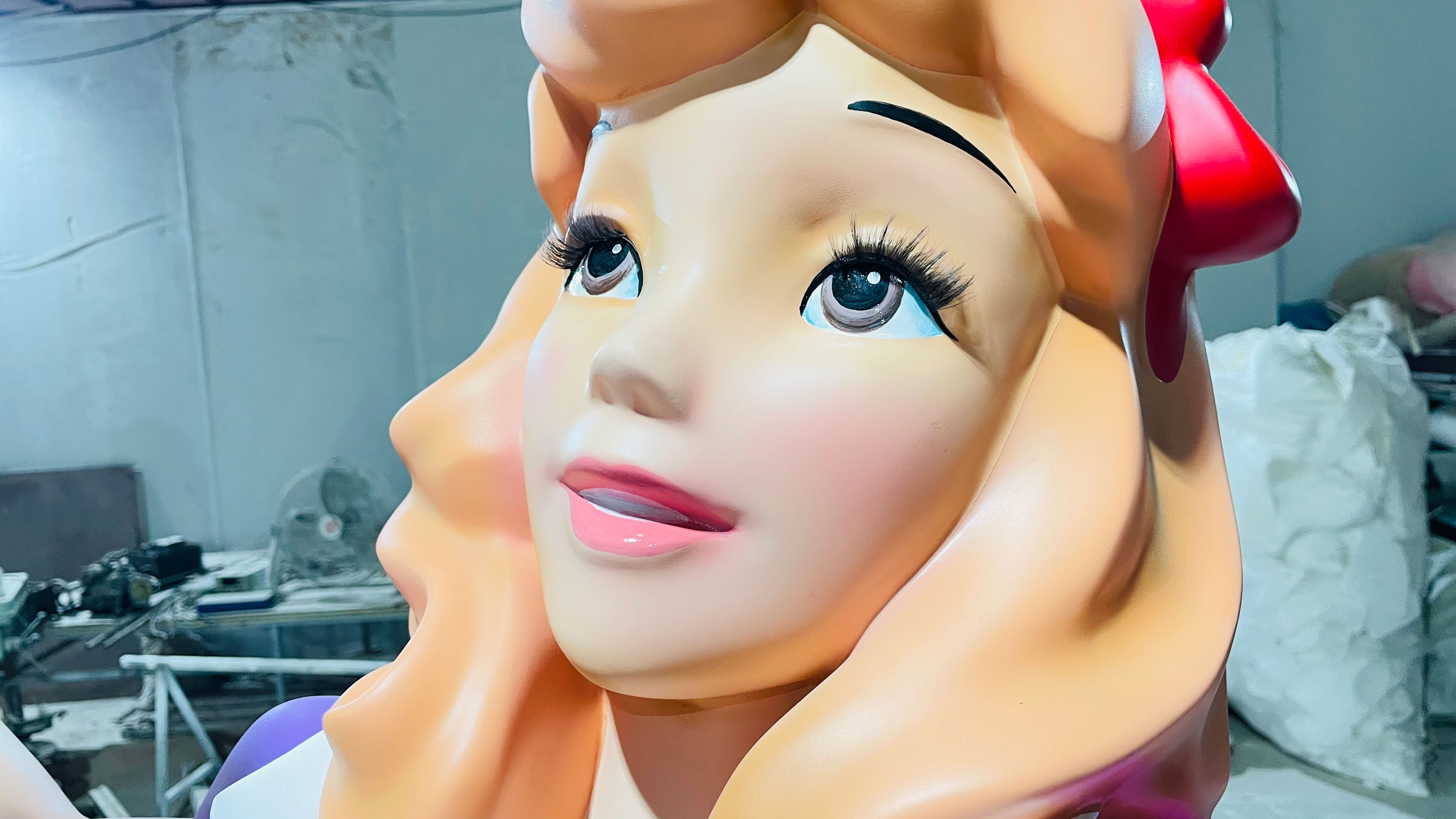
Lightweight Durability in Modern Art
Fiberglass has revolutionized modern sculpture by combining structural resilience with unprecedented portability. Unlike traditional materials like bronze or stone, fiberglass-reinforced polymer (FRP) offers a strength-to-weight ratio that enables artists to create large-scale works without compromising mobility or installation flexibility. This combination proves vital for public installations, where sculptures must withstand environmental stressors—from UV exposure to temperature fluctuations—while remaining easy to transport and assemble.
The material’s adaptability supports intricate detailing, allowing artists to replicate textures ranging from weathered metal to organic forms with precision. For instance, kinetic sculpture creators leverage fiberglass’s lightweight nature to design moving components that respond to wind or touch, merging durability with dynamic interaction. Such innovations align with contemporary art’s shift toward interactive, site-specific works, positioning fiberglass as a medium that bridges technical practicality and creative ambition. As artists continue to explore its potential, fiberglass redefines how durability intersects with artistic expression in urban landscapes and gallery spaces alike.

Creative Techniques for Sculptural Expression
Fiberglass sculpture offers artists unparalleled flexibility to experiment with form, texture, and scale. Unlike traditional materials like marble or bronze, fiberglass allows for intricate layering and molding techniques. Artists often start with a clay or foam base, applying fiberglass resin-soaked mats in strategic layers to build structural integrity while maintaining lightweight properties. This process enables the creation of hollow, large-scale works—ideal for public installations—without compromising durability.
A key innovation lies in combining fiberglass with mixed media. For instance, embedding metallic powders into resin creates shimmering surface effects, while CNC-cut molds ensure precision for geometric patterns. The material’s adaptability also supports kinetic elements, such as movable joints in Cartoon sculpture, which rely on fiberglass’s resilience to repetitive motion.
| Technique | Application | Advantage |
|---|---|---|
| Layered Lamination | Large outdoor installations | Weather resistance |
| Resin Casting | Detailed figurative works | High surface definition |
| Hybrid Composites | Mixed-media contemporary pieces | Texture versatility |
Transitioning from studio to public spaces, these methods bridge artistic vision with functional design. By manipulating fiberglass’s translucency or color retention, creators achieve dynamic visual narratives that adapt to shifting light conditions—a hallmark of modern sculptural practice.

Public Installations: Fiberglass Art Impact
Fiberglass sculptures have redefined public art by combining structural resilience with artistic flexibility. Unlike traditional materials like stainless steel sculpture, fiberglass offers a unique balance of lightweight properties and weather resistance, making it ideal for large-scale outdoor installations. Cities worldwide now feature fiberglass artworks in parks, plazas, and transit hubs, where their vibrant colors and intricate forms withstand environmental stressors—from UV exposure to temperature fluctuations—without compromising visual impact.
Artists leverage fiberglass’s moldability to create dynamic shapes that engage public spaces interactively. For example, curved abstract pieces guide pedestrian movement, while figurative works spark community dialogue. This adaptability also supports temporary exhibitions, allowing cities to rotate installations with minimal logistical challenges. As urban planners prioritize art-driven placemaking, fiberglass emerges as a cost-effective medium for fostering cultural identity. Its growing presence in civic projects underscores a shift toward materials that marry durability with creative potential, positioning fiberglass as a cornerstone of modern public art narratives.
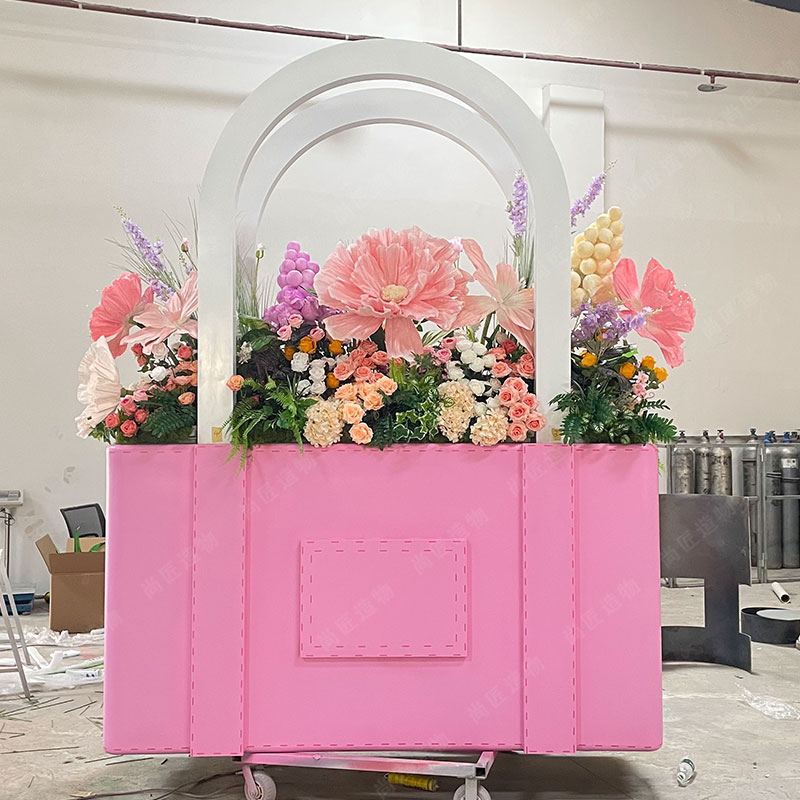
Contemporary Art Meets Fiberglass Innovation
The integration of fiberglass into contemporary art has redefined sculptural practices, merging industrial innovation with avant-garde expression. Unlike traditional materials such as bronze or marble, fiberglass offers artists a unique balance of strength and flexibility, enabling the creation of complex, large-scale works that challenge spatial and conceptual boundaries. Pioneers like Fiberglass sculpture artists Jeff Koons and Anish Kapoor have leveraged its lightweight properties to produce gravity-defying installations, while its weather-resistant durability makes it ideal for outdoor exhibits exposed to harsh climates.
This material’s adaptability supports experimental techniques, from seamless geometric forms to layered, mixed-media compositions. For instance, artists often combine fiberglass with resin, metallic coatings, or digital projections to create multisensory experiences. Meanwhile, its affordability compared to classical mediums has democratized access, allowing emerging creators to explore ambitious projects without prohibitive costs. As galleries and biennales increasingly showcase fiberglass works, the material continues to bridge the gap between industrial design and fine art—proving that innovation in medium can amplify, rather than constrain, artistic vision.
Exhibition Masterpieces: Global Fiberglass Use
Fiberglass sculptures have become centerpieces in major international exhibitions, bridging cultural narratives with technical innovation. Museums and biennales—from the Venice Biennale to the Guggenheim’s rotating collections—increasingly feature fiberglass works due to their adaptability for transport and installation. Unlike traditional materials, fiberglass allows artists to replicate intricate details while maintaining structural integrity, even in large-scale formats. For instance, Jeff Koons’ iconic “Balloon Dog” series leverages fiberglass’s smooth finish to mimic reflective steel, yet weighs a fraction of metal equivalents. Meanwhile, Anish Kapoor’s undulating forms, showcased at London’s Royal Academy, rely on the material’s moldability to create organic shapes resistant to environmental stress.
Beyond Western institutions, fiberglass plays a pivotal role in Asia’s art scene. The National Museum of China recently displayed a 12-meter fiberglass interpretation of classical Buddhist motifs, merging heritage with modern engineering. Such works underscore how the material supports both preservation and experimentation—critical for traveling exhibitions where climate fluctuations and handling risks exist. As galleries prioritize sustainability, fiberglass’s longevity and recyclability further cement its status as a preferred medium for globally mobile masterpieces. This trend reflects broader shifts toward materials that balance artistic ambition with logistical practicality.
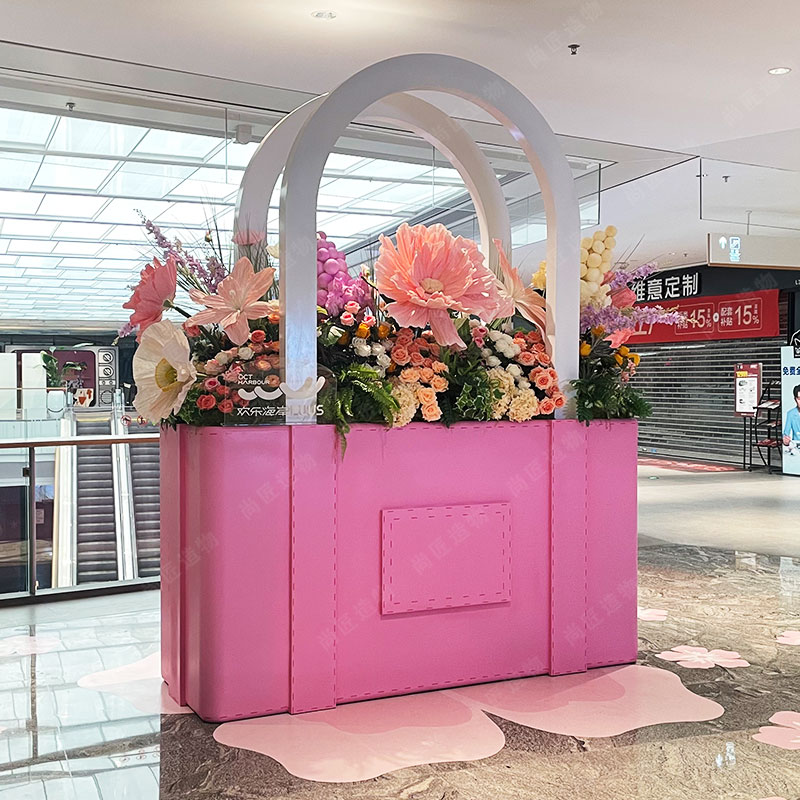
Unveiling Fiberglass Artistic Versatility Worldwide
Fiberglass sculptures have transcended geographical boundaries, emerging as a universal medium for artistic innovation. From Tokyo’s neon-lit streets to Barcelona’s historic plazas, artists leverage fiberglass to create works that resonate with local cultures while addressing global themes. This adaptability stems from the material’s unique properties: its moldability allows for intricate detailing in figurative pieces, while its structural integrity supports large-scale abstract forms. In Australia, coastal installations withstand saltwater corrosion, demonstrating fiberglass’s environmental resilience. Meanwhile, African artists blend traditional motifs with modern techniques, crafting vibrant public monuments that celebrate heritage.
The material’s lightweight nature facilitates international collaborations, enabling artists to ship monumental works for biennales and exhibitions without logistical constraints. For instance, a 12-meter fiberglass tree sculpture recently featured in both Dubai’s Expo 2020 and Paris’s Climate Art Summit, illustrating its role in cross-cultural dialogues. Galleries increasingly showcase fiberglass pieces alongside bronze and marble, challenging perceptions of “high art” materials. As artists experiment with translucent resins and mixed-media integrations, fiberglass continues to redefine artistic possibilities—proving that durability and creativity need not be mutually exclusive.
Conclusion
Fiberglass sculpture has solidified its role as a transformative medium in modern artistic practice, merging technical precision with boundless creative ambition. Its unique properties—resistance to environmental stress, adaptability to complex forms, and capacity for large-scale production—have redefined how artists engage with public spaces and contemporary themes. From monumental installations that reshape urban landscapes to intricately detailed gallery pieces, fiberglass enables artists to push boundaries without compromising structural integrity. This material’s global adoption underscores its ability to transcend cultural and geographic limitations, fostering dialogue between traditional craftsmanship and futuristic design. As artists continue to experiment with hybrid techniques and sustainable practices, fiberglass remains a cornerstone of innovation, proving that durability and artistic expression need not exist in tension. Its legacy lies not only in finished works but in the ongoing evolution of artistic methods that challenge perceptions of permanence and possibility.

FAQs
What makes fiberglass a preferred material for outdoor sculptures?
Fiberglass resists weathering, corrosion, and UV damage, making it ideal for long-term outdoor installations. Its lightweight nature simplifies transportation and installation compared to heavier materials like bronze or stone.
How do artists achieve intricate details in fiberglass sculptures?
Artists layer fiberglass resin with reinforcing mats, allowing precise shaping during the molding process. Fine details are added using specialized tools or 3D-printed prototypes before applying finishes like patinas or metallic coatings.
Are fiberglass sculptures environmentally sustainable?
While fiberglass itself is non-biodegradable, many studios now use recycled materials and low-VOC resins. The material’s durability reduces replacement frequency, indirectly lowering its environmental footprint over time.
Can fiberglass artworks be repaired if damaged?
Minor cracks or chips are repairable using matching resin mixtures and sanding techniques. For structural damage, internal frameworks or additional layers restore stability without compromising the original design.
How does cost compare to traditional sculpture materials?
Fiberglass typically costs less than bronze or marble due to faster production times and lower material expenses. However, complex designs requiring custom molds may increase initial investment.
Is fiberglass safe for public spaces?
When properly sealed, fiberglass poses no health risks. Public installations undergo rigorous testing for sharp edges, stability, and fire resistance to meet safety standards.
 ch
ch English
English

